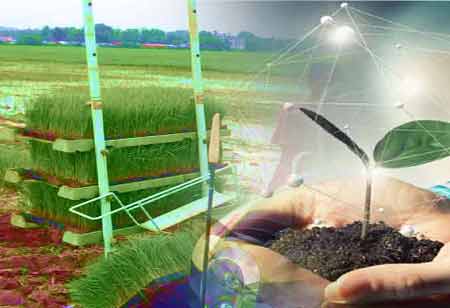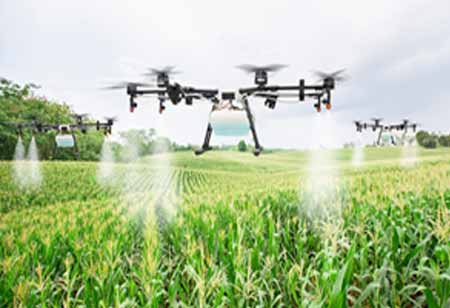Thank you for Subscribing to Agri Business Review Weekly Brief
How Agricultural Marketing Techniques Help Farmers Reap Benefits
Agriculture has always been associated with self-reliance.

By
Agri Business Review | Tuesday, January 31, 2023
Stay ahead of the industry with exclusive feature stories on the top companies, expert insights and the latest news delivered straight to your inbox. Subscribe today.
Farmers benefit most from direct-to-consumer marketing. With this marketing strategy, businesses engage with customers face-to-face, develop close bonds with them, and keep all the revenue generated by those connections. There aren't any middlemen standing around to grab a share.
Fremont, CA: Agriculture has always been associated with self-reliance. Farmers and their families have long understood how critical it is to get their produce to the market. Having a self-sufficient food supply is essential for the American economy.
However, COVID-19 has revealed a flaw in this system. For a very long time, marketing has been handled by those farther down the food supply chain by farmers and other agricultural experts. The supply system collapsed when the pandemic struck. As a result, produce from farmers was not sold, and grocery shop shelves became barren.
It's time for farmers to adopt agricultural marketing in a way that eliminates middlemen and links food producers with consumers directly.
In the modern world, when farmers, distributors, merchants, and consumers are all interwoven in a complicated network, traditional ideas of self-reliance don't exactly fit the bill. However, that complexity may get minimized, and farmers must promote their goods directly to consumers.
Farmers ensure their capacity to distribute goods to consumers by honing their agricultural marketing abilities. In the twenty-first century, self-reliance looks like this. Let's see some of the top agricultural marketing methods or approaches below.
Selling via markets and resellers
There was a marketing revolution for the preceding generation of small and mid-scale farmers. They established networks, allies, and organizations throughout the country that provided independent farmers with access to various marketplaces, from local farmers' markets to large retail chains.
The benefits of these agreements are alluring: The marketplace network helps resolve operational issues so that farmers may concentrate on their production.
Marketing cooperatives
Small and medium-sized farmers are aware of the possibility that direct marketing to consumers presents, but many lack the time or resources to manage that activity. They get overextended with their farms.
Because of this, the number of marketing cooperatives has increased recently. These groups of farmers, producers, and rural business owners collaborate on marketing tasks and share the rewards.
Direct to consumer
Farmers benefit most from direct-to-consumer marketing. With this marketing strategy, businesses engage with customers face-to-face, develop close bonds with them, and keep all the revenue generated by those connections. There aren't any middlemen standing around to grab a share.
At least in terms of size, direct-to-consumer agriculture marketing is a novel strategy. Farmers traditionally sold products to their friends, family, neighbors, and locals. But that potential is being greatly increased by digital technology.





